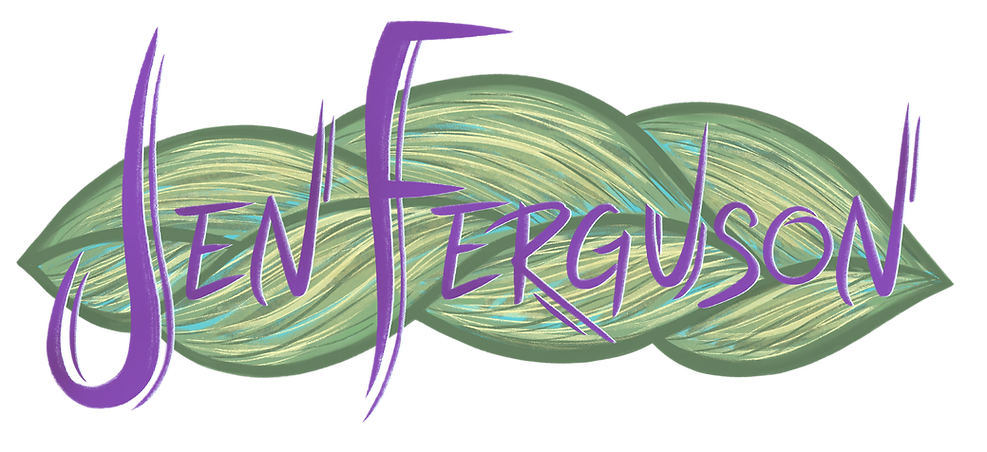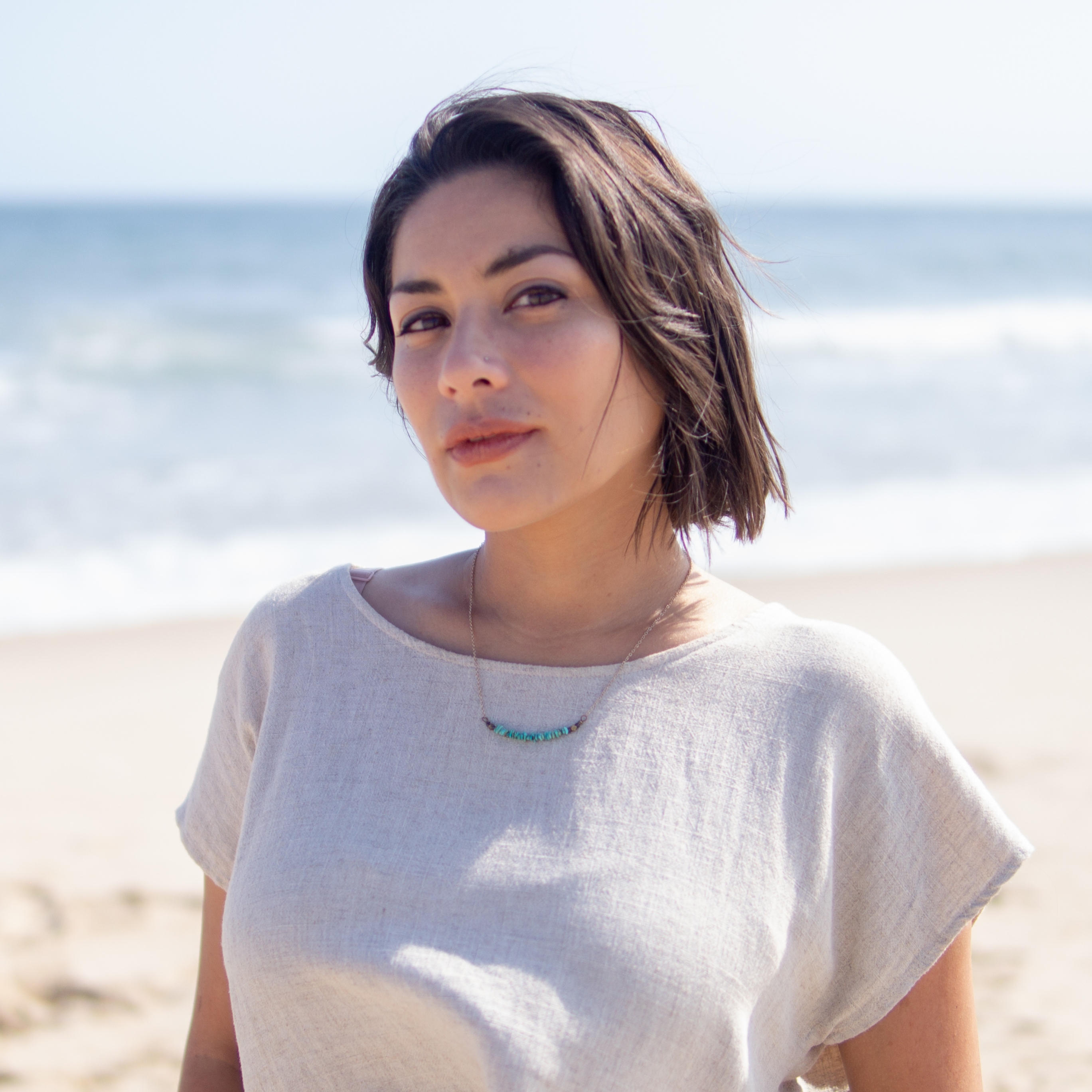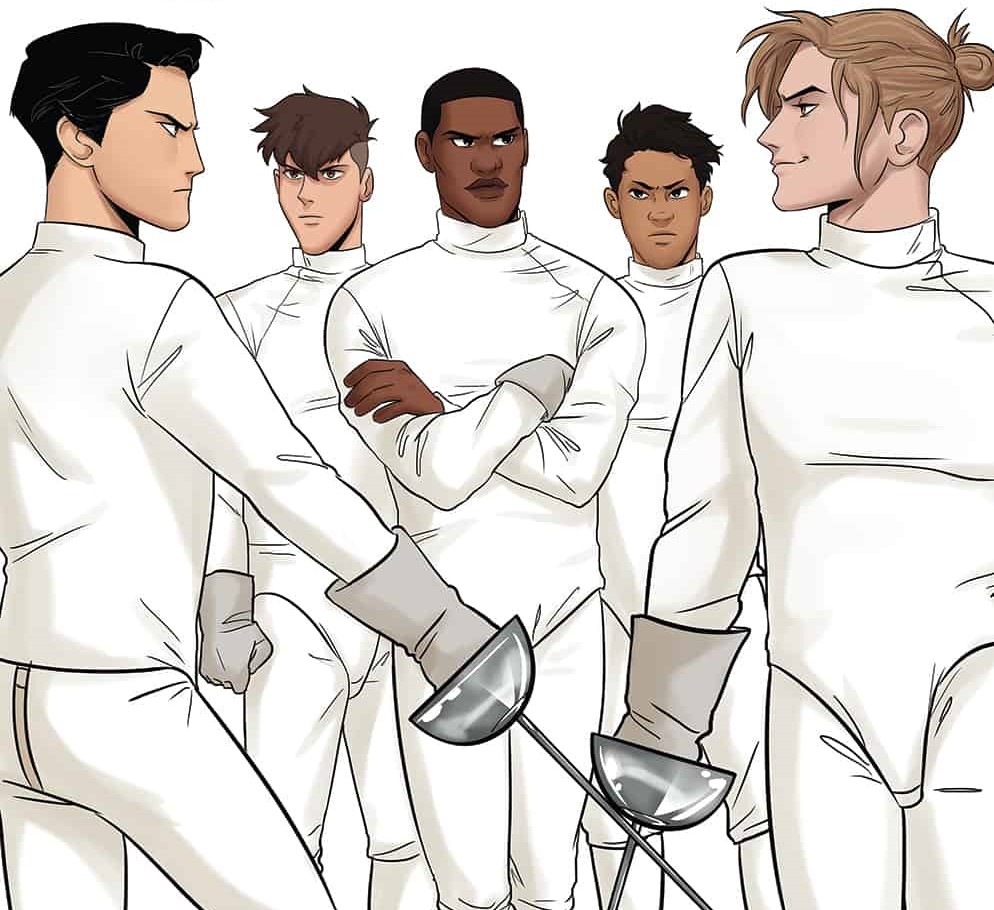
by Michele Kirichanskaya | Oct 25, 2024 | Blog, Featured
Jen Ferguson is Michif/Métis and white, an activist, an intersectional feminist, an auntie, and an accomplice armed with a PhD in English and creative writing. Her debut novel The Summer of Bitter and Sweet was the winner of the Governor General’s Award, a Stonewall...

by Michele Kirichanskaya | Feb 2, 2024 | Blog
Shannon C.F. Rogers is a multiracial American writer of Filipinx and European descent. Her work has appeared in Bodega Magazine, Newfound Journal, and on stage with Tricklock Company, Lady Luck Productions, and the UNM Words Afire Festival of New Plays. She earned her...

by Daniel Stalter | May 15, 2020 | Blog
Fence is a 12-issue comic series from Boom! Box was written by C.S. Pacat, with artwork by Johanna the Mad, colors by Joana LaFuente, and lettering by Jim Campbell. It has since been collected into three volumes that your local comic book store or favorite digital...




